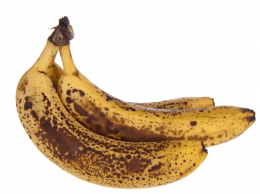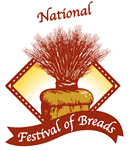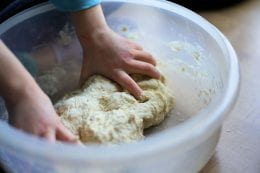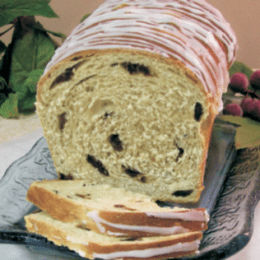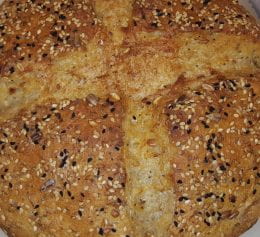
Photo: Colorado State University Extension
Do you like the texture of bread or rolls that are pillow soft? An old bread technique has gained new popularity using an Asian yeast bread method called tangzhong. So what is this method?
Tangzhong, originally popularized in Japan and Taiwan, cooks a small amount of flour and liquid to make a thick slurry, then it is combined with the rest of the ingredients. This slurry helps pre-gelatinize the starch in flour so it can hold more moisture. This also creates a structure to hold that moisture through the entire breadmaking process. The dough is easier to knead. The dough rises more and the texture will be moister, softer and stay fresher longer.
Can you convert your own recipes to add tangzhong? It may work for some recipes, but not for others. This is especially true for recipes such as a crusty baguette or chewy bagel. Some tips to try this with your favorite basic bread recipe can be found on the King Arthur Flour website.
Happy baking!

